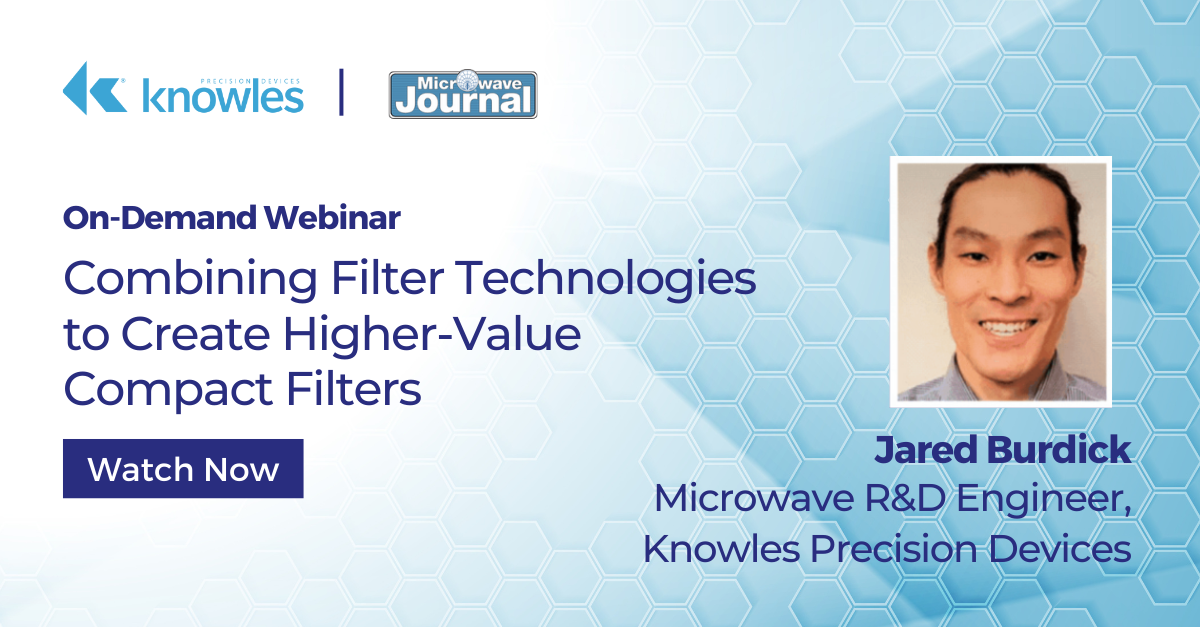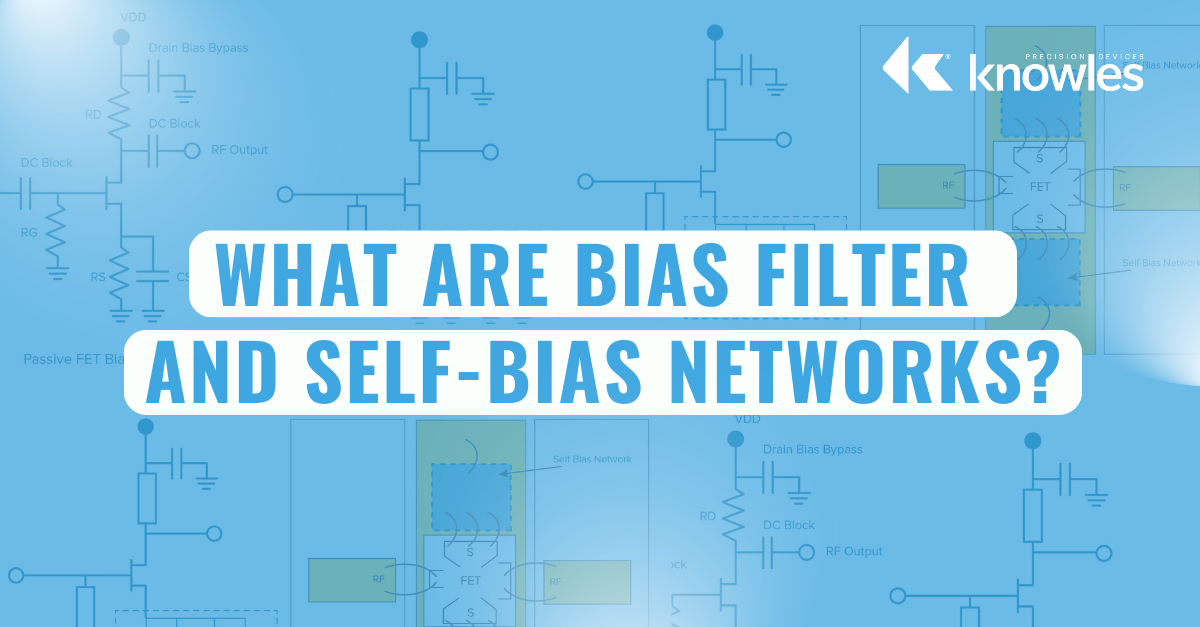In 2023, our experts continued their commitment to teaching engineering basics and sharing their insights into the latest industry trends and challenges. Hopefully, you’ve found our lessons and insights valuable. We appreciate that you turn to us to learn about the industry, and we take your readership seriously.
Top Articles of 2023: Bidirectional Charging, Microstrip Filters, and More
Today’s RF Power Applications Require Understanding Equivalent Series Resistance & Q Factor
As a fundamental component of circuit design, equivalent series resistance (ESR) is the measurement of all the non-ideal electrical resistances in series with a capacitor. When current flows through a multilayer ceramic capacitor (MLCC) due to application of alternating voltage, heat is generated in the MLCC due to the losses, specifically ESR. As a result, this self-heating can cause various performance and reliability issues in the circuits of today’s more complex and smaller electronic systems.
Topics: Capacitor, Automotive, Electric Vehicles
The Roles of Capacitors in EV Traction Inverter Topologies
The power electronic systems in an electric vehicle (EV) feature a wide variety of capacitors. From DC-link capacitors to safety capacitors and snubber capacitors, these components play a critical role in stabilizing and safeguarding the electronics from factors like voltage spikes and electromagnetic interference (EMI). Here, we’ll focus on the capacitors used in the EV traction inverter.
Topics: Capacitor, Electric Vehicles
Resonant Wireless Power Transfer in Implantable Medical Devices
With the rising prevalence of cardiovascular, orthopedic, and other chronic conditions, and an increase in the number of patients needing care, the demand for implantable medical devices continues to increase.
Quality factor, or Q factor, is a common shorthand figure of merit (FOM) for RF filters. It’s typically expressed as the ratio of stored versus lost energy per oscillation cycle. Steepness of skirts, selectivity, and insertion loss are all specifications that can be described in terms of Q factor. While this FOM feels ubiquitous in RF, truly understanding how Q factor is determined and how it relates to other specifications is a complex endeavor because it’s contextual.
Topics: RF and Microwave
Combining Filter Technologies to Create Higher-Value Compact Filters
There are hundreds of filter applications operating across a wide range of frequencies, which presents a challenge for filter designers since most filter designs don't inherently operate across these wide ranges. Size, weight, power, and cost (SWaP-C) are also important considerations, so simply adding more filters to address different frequency ranges is not an attractive solution. There is, however, an alternative way of designing filters: combining filter technologies to meet the specific frequency, bandwidth, and size requirements of your application.
Topics: Filtering
Capacitor Fundamentals: Part 14 – Useful Formulas and Calculations for Capacitors
Welcome to the Capacitor Fundamentals Series, where we teach you about the ins and outs of chips capacitors – their properties, product classifications, test standards, and use cases – in order to help you make informed decisions about the right capacitors for your specific applications. After describing soldering for capacitors in our previous article, let’s discuss common formulas and calculations for capacitors.
Topics: Capacitor
Passive gain equalizers are designed to rectify or flatten the frequency response of an RF amplifier. RF amplifiers are known to cause a non-uniform gain over the operational bandwidth of a device, which results in distortion and other unwanted effects. Equalizers generate a counter-gain profile to offset that uneven response. Pairing equalizers and amplifiers is critical in applications like broadband systems where consistent performance over a wide frequency range enhances signal fidelity and system performance.
Topics: RF and Microwave
Capacitor Fundamentals: Part 13 – Soldering for Chip Capacitors
Welcome to the Capacitor Fundamentals Series, where we teach you about the ins and outs of chips capacitors – their properties, product classifications, test standards, and use cases – in order to help you make informed decisions about the right capacitors for your specific applications. After describing visual standards for chip capacitors in our previous article, let’s discuss chip attachment and termination guidelines.
Topics: Capacitor
Bias filter networks and self-bias networks are two types of biasing components developed by Knowles Precision Devices for use in high-frequency microwave and RF applications.
Topics: Filtering

.png)



.png)


.png)

